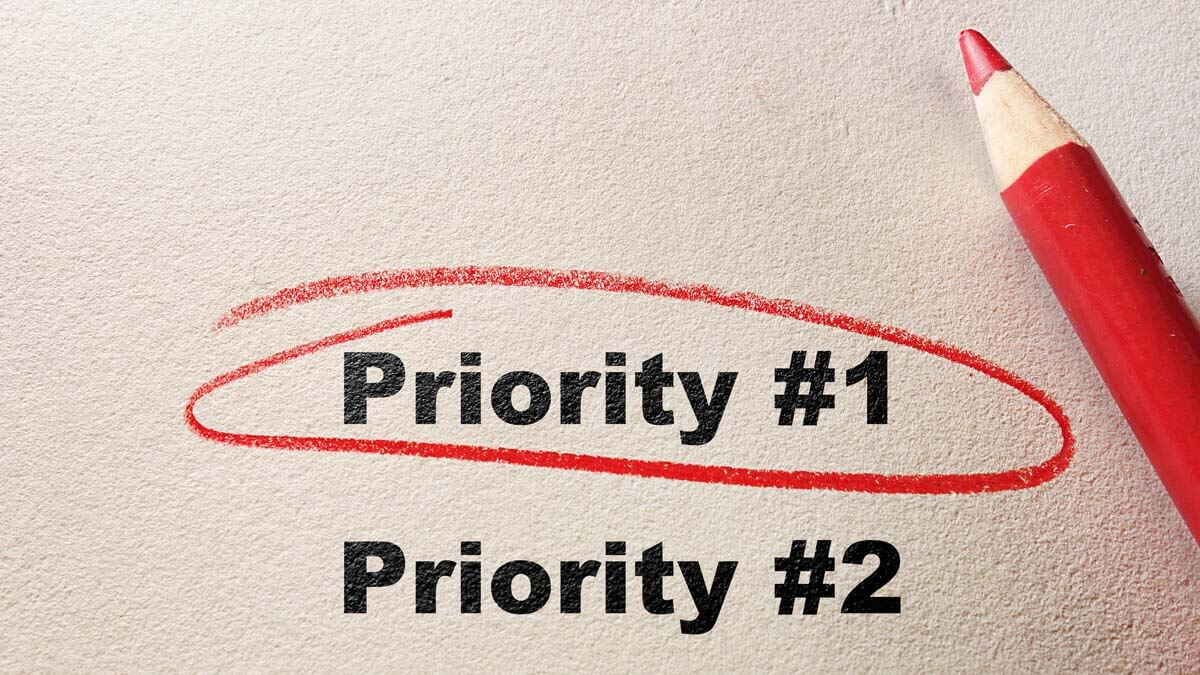It’s natural to ruminate on the future; in particular, about technology adoption. What changes will future technology waves bring? Will we ride them to riches or drown under the weight of disruption? A Danish proverb warns that “Prediction is dangerous, especially about the future.” A cycle of bad logic Unfortunately, when we theorize, we can ... Read More
If your new product development process begins with “idea generation,” is it your idea… or your customers’? If you start with your idea, you probably won’t understand customer needs until the end… by seeing if they buy your new product. Why not flip your approach and start with customer needs? Unless you’d rather your R&D kept guessing at customer needs.
More in white paper, www.guessingatcustomerneeds.com
Some would say that investments in Voice of the Customer are “too expensive and time consuming.” After all, does it really make sense for employees to spend time on VoC projects? For them to be on the road, interviewing customers? Instead, shouldn’t they be doing things that “drive sales?” Like working more shows? Assisting sales ... Read More
Most B2B companies don’t have a good system for prioritizing customer needs. At least this is what The AIM Institute found in its recent research. Of 12 voice-of-customer skills measured, this is the skill survey respondents most wanted to improve. Prioritizing customer needs was also identified as the greatest differentiator between successful and unsuccessful new product developers.
More in research report, www.b2bvocskills.com (page 11)
Congratulations! You’ve been promoted! On your first day as a new B2B exec, your company’s Director of Public Relations wants to chat. Something about a press release. She says you’ll want to address stockholder concerns. To provide hope despite the weak economy and sluggish sales. To give a reason to believe. A reason to have ... Read More
A missile strike? Well, that sounds a bit aggressive, doesn’t it? But consider the two targeting steps you’d take in the military, before firing those missiles: 1) survey all possible enemy positions, and then 2) isolate the high-value targets. You should do the same in the front-end of innovation, before the development stage: “Step 1” ... Read More
We researched this question with a survey of 300+ B2B professionals, examining these VOC skills: 1) Secure interviews, 2) Proper interviews, 3) Impress customers, 4) Uncover all needs, 5) Probe for meaning, 6) Probe for value, 7) Quantitative VOC, 8) Virtual VOC, 9) VOC debriefing, 10) Prioritize needs, 11) Segment market, and 12) Business case.
Can you guess which skill most differentiated the winners and losers in terms of new product development success? It was #10, Prioritize customer needs. The #2 skill wasn’t even close. So if you’re not conducting quantitative interviews to prioritize customer needs with confidence, you’ve got some serious “upside” to pursue. See 2-minute video, Quantitative interviews are a must.
More in white paper, Market Satisfaction Gaps.
In the landmark book, SPIN Selling, Neil Rackham’s research on 35,000 sales visits found the best salespeople engage customers in discussions about their problems. Consider your own stage-and-gate process: After Concept Development, Feasibility, Development, and Scale-up, your best salespeople ask customers, “What problems are you facing?” Why not pull this question to the front end and ask it before developing your product? This engages customers in a genuine manner and starts the “selling process” before you have something to sell. See video at www.vocforb2b.com.
More in article, The Missing Objective in Voice of Customer Interviews
What should be done if highway traffic slows to a crawl? Probably not put more cars on the entrance ramp, right? With every month of delay, a typical B2B new product loses $80K in net present value. So reduce your number of active projects and accelerate those that remain. The best way to kill dead-end projects—or stop them from even starting? Better up-front work. Then your R&D only works on customer outcomes you know they want, not hope they want.
More in white paper, Guessing at Customer Needs
If your NPD teams are confident of customer needs, your projects will go faster for 3 reasons: 1) Bad ideas are killed quickly, freeing up resources. 2) Dead-end detours and diversions are avoided. 3) Hesitation—with second-guessing, delays and debates—is squelched. As Netscape founder, Jim Barksdale, said “If we have data, let’s use it. If we have opinions, let’s use mine.” B2B innovators can find the data they need in Market Satisfaction Gaps.
More in white paper, Market Satisfaction Gaps
Jeff Bezos believes this is a more important question than “What’s going to change in the next 10 years?” In the world of new product development, we find that customer outcomes—desired end results—tend to be more stable over time than supplier solutions. So instead of validating your solutions during customer interviews, seek to uncover and understand the most important, unmet customer outcomes. Then pursue these stable targets with your solutions.
More in video, New Product Blueprinting—the Future of B2B Innovation
During the Vietnam war, the US was still using its cold war approach of “problem as given”… applying prescribed responses for a long list of scenarios. This was a disaster in the face of evolving threats. Now their protocol is “problem as understood”… developing solutions only after the problem is well defined. Is your company using “cold-war innovation,” or does it place a high priority on learning what customers truly want before developing products for them?
More in e-book, Leader’s Guide to B2B Organic Growth
If your new product development process begins with “idea generation,” is it your idea… or your customers’? If you start with your idea, you probably won’t understand customer needs until the end… by seeing if they buy your new product. Why not flip your approach and start with customer needs? Unless you’d rather your R&D kept guessing at customer needs.
More in e-book, Reinventing VOC for B2B (page 4).













